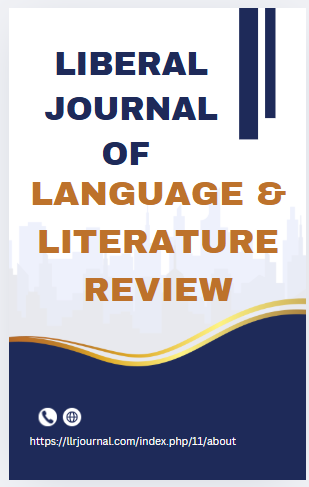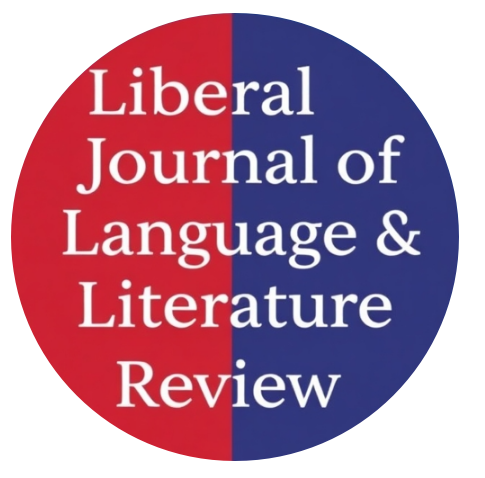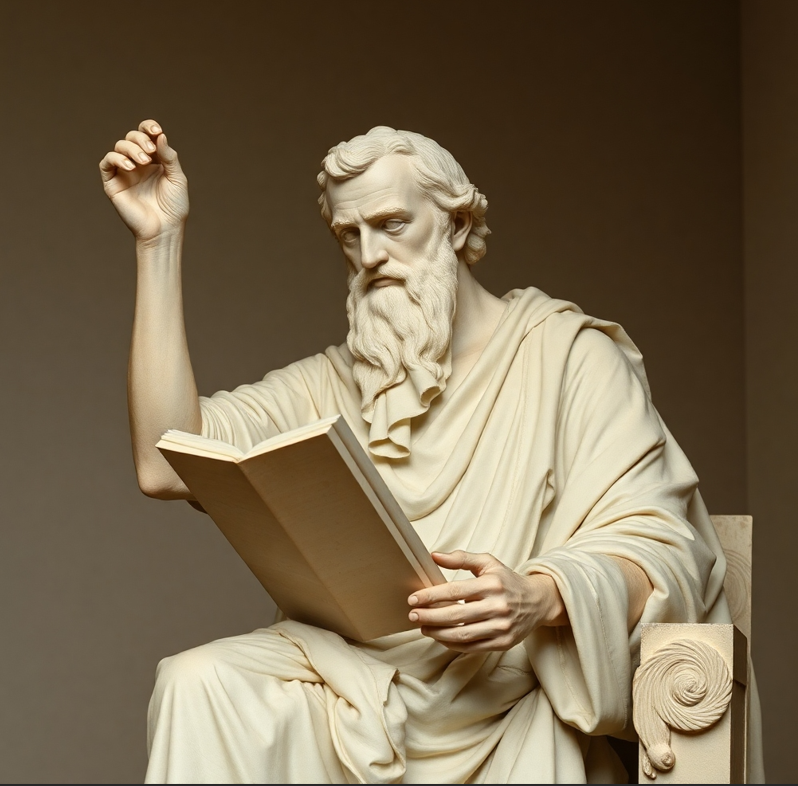A Critical Discourse Analysis of Language Used in Courtroom Cross-Examinations in Pakistani Dramas
Abstract
This study has been carried out to analyze linguistic choices used by legal participants to assert dominance during cross-examinations in Pakistani dramas by using Fairclough’s 3D model of CDA. The justice system in Pakistan holds significant power governed by law. A qualitative approach was used, with data being collected through purposive sampling. In this regard, Six Pakistani dramas were selected which involve cross-examination scenes among the lawyers, total thirty scenes. The analysis followed Fairclough’s 3D model of CDA (1665), focusing on three dimensions: text analysis, discursive practices, and social practices. Findings revealed that linguistic choices used by legal participants play a significant role in asserting control and dominance during cross-examination scenes in Pakistani dramas. It has been found that asymmetrical power dynamics exists, with lawyers exerting more power and control through language behaviors than witnesses. This study contributes to Critical Discourse Analysis, forensic linguistics, and legal discourse analysis in Pakistan.
Keywords: language and power, legal discourse, Critical Discourse Aalysis (CDA), Fairclough 3 D Model




